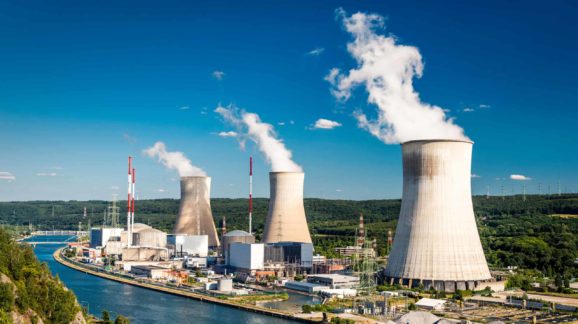The flawed foundations of radiation risk assessment

Photo Credit: Getty
The debate surrounding nuclear power has long been shaped by complex scientific, political, and social factors. At the heart of this debate lies the question of how we assess and manage the risks associated with radiation exposure. In a new paper, “Myths and Facts in Radiation Risks: A simple solution to remove obstacles to nuclear power,” I delve into the history and scientific foundations of the “linear no-threshold” (LNT) model, the default approach used to evaluate the health risks of ionizing radiation. By examining the LNT model’s troubled past and its far-reaching implications, the paper seeks to shine a light on a critical issue that has profound consequences for our energy future.
For decades, the LNT model has served as a cornerstone of radiation protection policies, shaping safety regulations, and influencing public perceptions of nuclear power. However, as the paper reveals, the LNT model’s adoption was driven more by political and ideological factors than by rigorous scientific evidence. The model’s history is marred by controversies, conflicts of interest, and even instances of scientific misconduct.
Despite the considerable uncertainty surrounding the health effects of low-dose radiation exposure, the LNT model assumes that any amount of radiation, no matter how small, increases cancer risk. This assumption has led to excessively strict regulations and widespread radiophobia, hindering the development and deployment of nuclear power.
My paper challenges the notion that the LNT model is “conservative” or “protective.” In reality, by ignoring evidence of radiation’s potential benefits and disregarding the risks associated with alternative energy sources, LNT-guided policies may actually increase overall risk. The precautionary principle, often invoked to justify the LNT model, fails to account for the unintended consequences of overregulation.
As our understanding of radiation biology has advanced, it has become increasingly clear that the LNT model does not adequately capture the complex relationship between radiation exposure and human health. Evidence of DNA repair mechanisms and the existence of locations with naturally high background radiation levels call into question the model’s core assumptions.
It is time for a paradigm shift in radiation risk assessment. There should be a separation of science and policy, ensuring that dose-response models are biology-based to the extent feasible, rather than grounded in ideological preconceptions. By harmonizing radiation protection standards with international guidelines and exploring stopping points for LNT-informed regulatory frameworks, (such as the As Low As Reasonably Achievable standard), we can create a more rational and science-based regulatory program for nuclear power.
Nuclear power has many advantages in that it offers a reliable, clean, and scalable solution to pressing energy problems. By confronting the myths surrounding radiation and reforming our outdated risk assessment practices, we can unlock the full potential of this revolutionary technology.
I invite you to read the paper, “Myths and Facts in Radiation Risks: A simple solution to remove obstacles to nuclear power.”